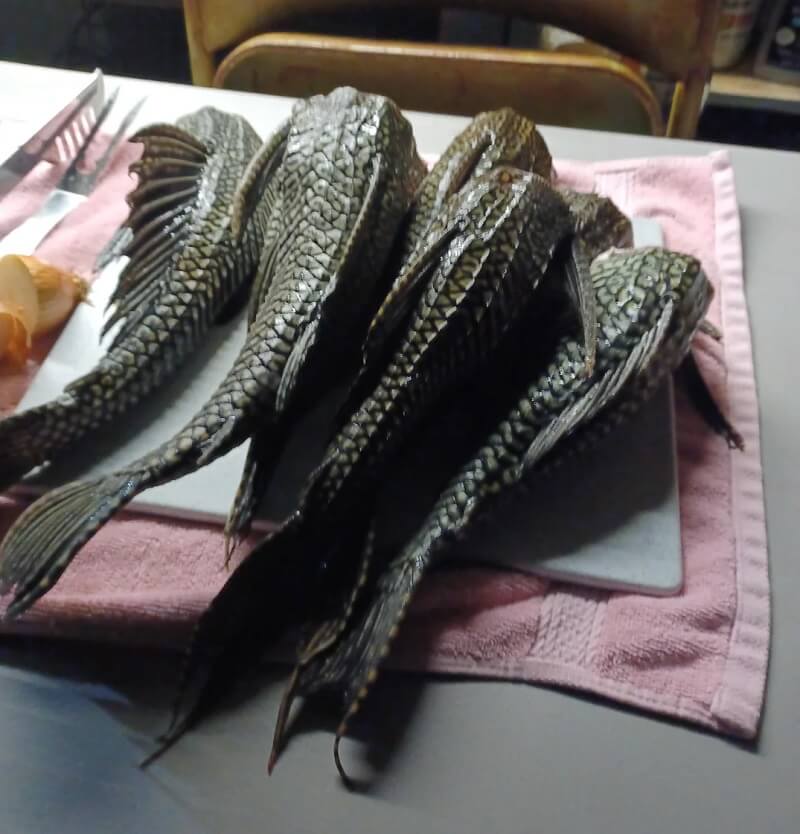A fisherman is revealing the surprising source of an invasive fish known to wreak havoc on native species.
Invasive species are abundant across the world; according to the U.S. Department of Agriculture, they are species that live where they do not naturally exist and also "whose introduction causes or is likely to cause economic or environmental harm or harm to human health." The presence of invasive flora or fauna can cause serious problems for native creatures and local ecosystems, and instances of incursion often gather attention online.

In a recent post to the r/Fishing subreddit, one user shone a light on their recent catch of suckermouth catfish, or common pleco, a fish that has a native range along the northeastern coast of South America.
"Result of people releasing aquarium fish," they wrote. This diagnosis is supported by the U.S. Geological Survey. Data and range maps show significant sightings of invasive plecos in multiple states and that their primary method of introduction is "aquarium release or escape from aquaculture facilities."
The image attached to the post shows a pile of at least six dead catfish on a cutting board, presumably about to be prepared for consumption.
"They look prehistoric," one user wrote.
The presence of invasive species can be a significant problem for native ecosystems.
According to the U.S. Fish and Wildlife Service, their introduction has serious and wide-ranging consequences. The competitive threat that the species pose to endemic species can dramatically reduce the latter's populations. It significantly impacted the livelihoods of fishers in a reservoir in New Mexico, for example, reducing tilapia catch by 83% and causing $16.4 million in economic losses.
According to the same report, the introduction of pleco can also contribute to shore erosion, a reduction in biodiversity, and unwelcome changes to algae composition.
Scientists, environmentalists, and entrepreneurs support a variety of methods to tackle invasive species. For example, one business has begun selling dog treats made from an invasive fish, and experts often recommend eating invasive species.
Commenters were fascinated by the fish, though few felt sympathy.
"I didn't know plecos grow to look so badass," one individual said.
"They're terrible in the San Marcos River in Texas," another wrote. "Taking a toll on the native wild rice."
Others focused on the opportunity to hunt them.
"Since they are an invasive species, they can be caught using lots of other methods," a particularly knowledgeable user advised. "Cast nets, frog spears, bowfishing, etc. are your best bet if you want to actually catch one."
Join our free newsletter for cool news and cool tips that make it easy to help yourself while helping the planet.









